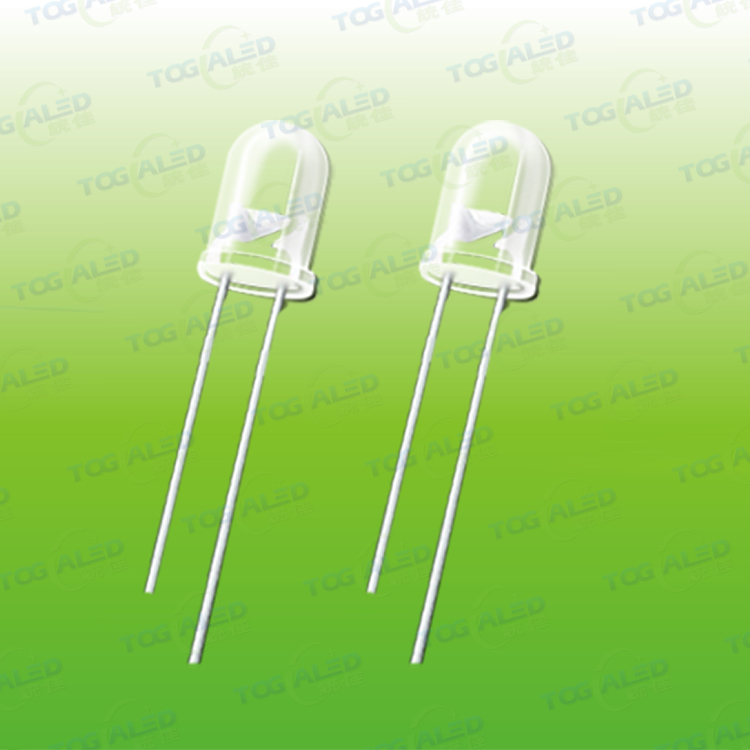1. Introduction to Infrared Emitting Tubes
An Infrared Emitting Diode (IR LED, Infrared Light Emitting Diode) is a semiconductor device capable of emitting infrared light, with wavelengths typically ranging from 700nm to 1mm. It is invisible to the human eye but can be detected by infrared receiving tubes (such as infrared receiving heads, photodiodes, etc.).
Main features
Wavelength range: Commonly 850nm, 940nm (suitable for remote control and communication)
Working voltage: Usually 1.2V to 1.6V (slight differences among different models)
Working current: Generally 20mA to 100mA (high-power infrared tubes can reach over 1A)
Strong directivity: The emission Angle is usually 30° to 60°, and some narrow-angle models can reach 10° to 20°
2. Working Principle of infrared Emitting tubes
The core of an infrared emitter is the PN junction. When a forward voltage is applied, electrons recombine with holes, and energy is released in the form of infrared light.
Work process
Forward bias: Apply a forward voltage (typically 1.2V to 1.6V) across the infrared LED.
Carrier recombination: Electrons cross the PN junction from the N region into the P region, recombine with holes, and release photons.
Infrared light emission: The photon energy corresponds to the infrared band (such as 940nm), forming an infrared light signal.
Modulation method (for communication)
Infrared communication typically employs PWM (Pulse Width Modulation) or carrier modulation (such as 38kHz) to enhance anti-interference capability.
Remote controls commonly use 38kHz carriers (such as the NEC protocol).
Data transmission (such as IrDA) uses higher frequencies

3. Typical applications of infrared Emitting tubes
Infrared remote control
Remote control of household appliances such as televisions, air conditioners and set-top boxes
Adopt 38kHz carrier + encoding protocol (such as NEC, RC5)
(2) Infrared communication (Short-range data transmission)
Mobile phone infrared (older models, such as Samsung S6 and some Huawei models)
Infrared serial port communication (such as IrDA protocol)
(3) Infrared Sensing and detection
Infrared pair tube (transmitting + receiving, used for obstacle detection)
Photoelectric switches, automatic door sensors
(4) Security monitoring (night vision supplementary lighting)
Infrared camera (850nm LED array, night supplementary lighting)
(5) Healthcare and Industry
Infrared thermometer
Industrial automation (triggered by infrared sensors






